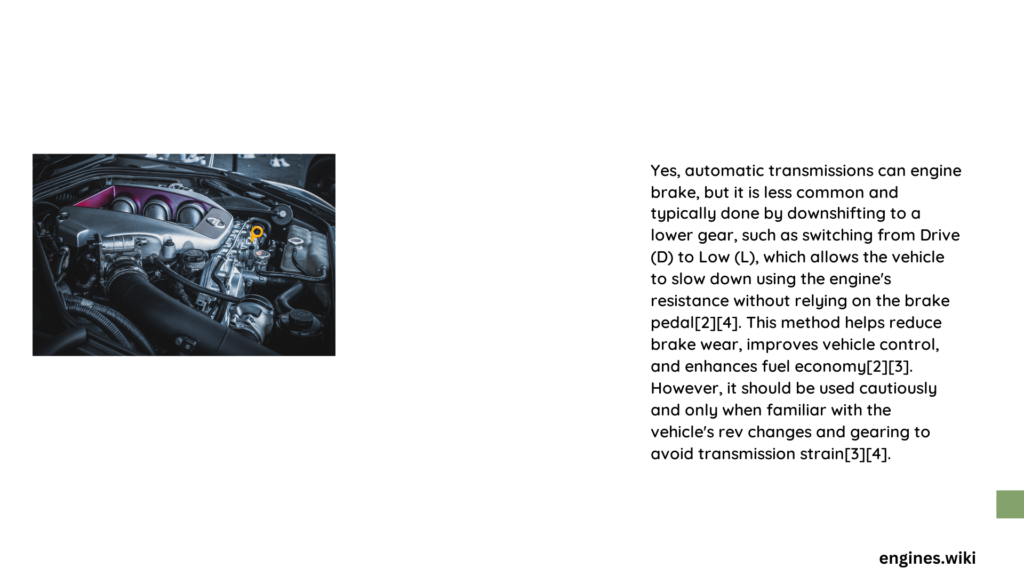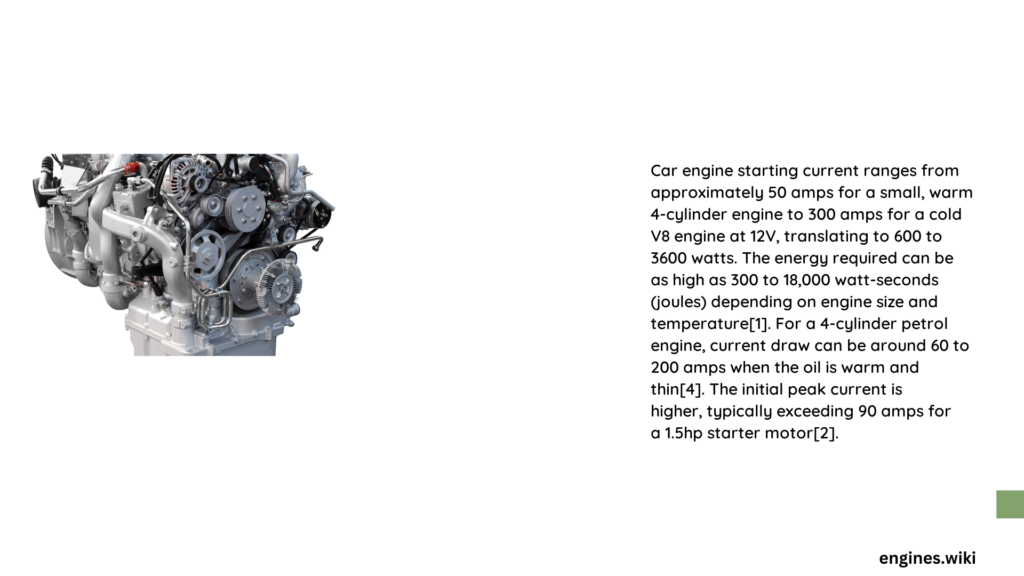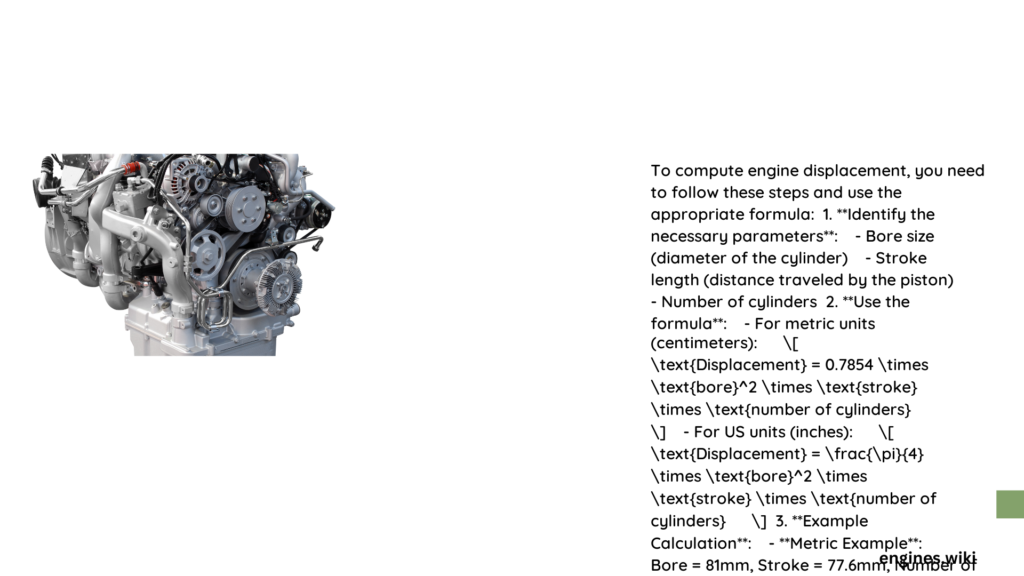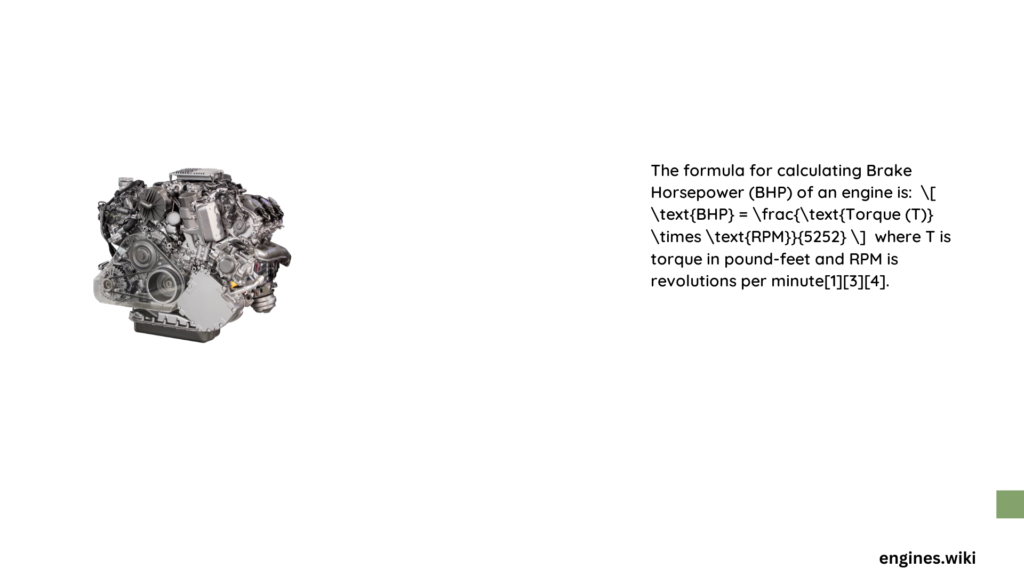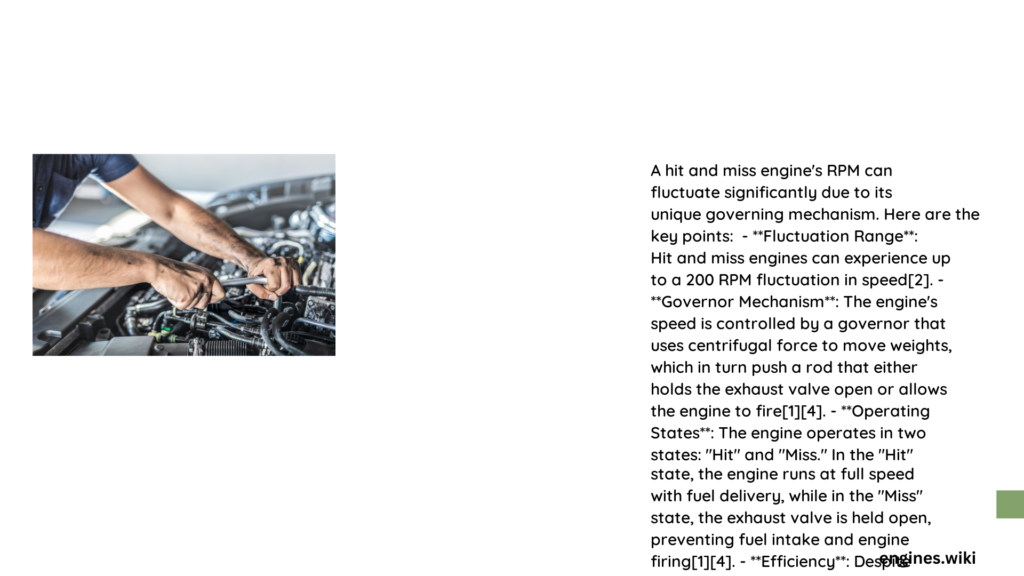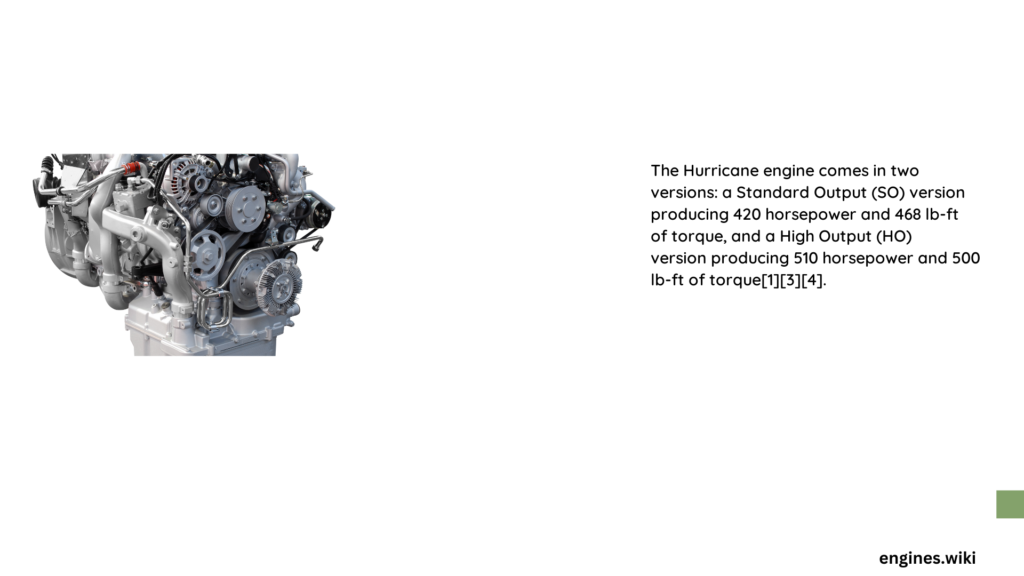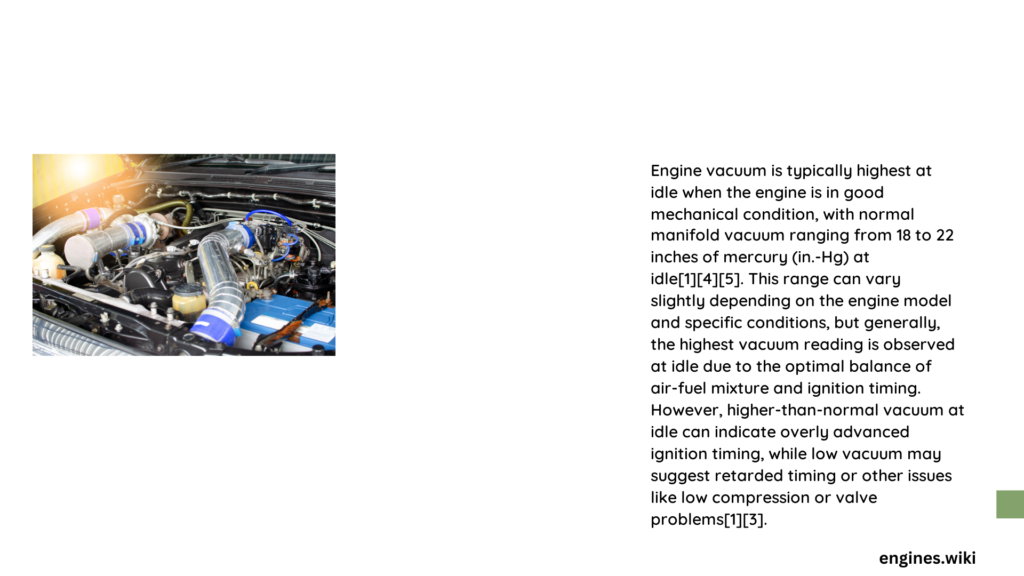Engines DIY Power Output: Mastering Performance Fundamentals
Introduction to Engine Power Output Engine power output represents the heart of automotive and mechanical performance. Understanding how engines generate, measure, and optimize power is crucial for enthusiasts and professionals alike. This comprehensive guide will explore the intricate world of engine power output, providing insights ...
Read more
